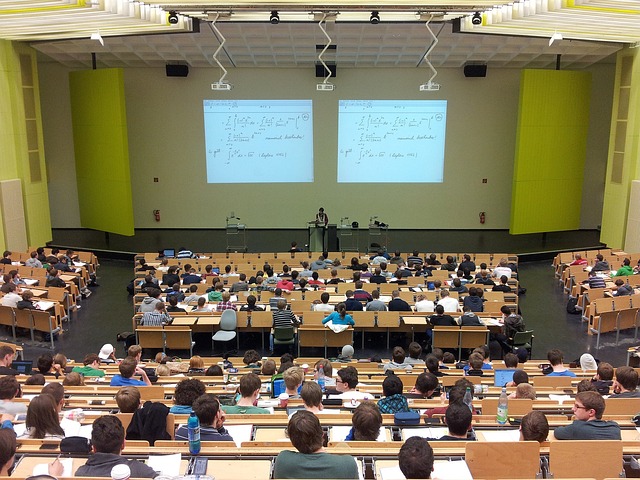Your cart is currently empty!
THE PROFESSIONAL EDGE – MASTERY IN TEACHING ADULTS

INTRODUCTION
In the realm of adult education, an incredible opportunity to shape lives, ignite passions and unlock the full potential of those who seek to expand their horizons is presented. In fact from my own perspective, teaching adults is a uniquely rewarding endeavour.
Unlike children, adult learners bring a wealth of experiences, perspectives and, indeed, motivations, into the classroom. They crave relevance, connection, and tangible applications of knowledge. As educators, therefore, it is our responsibility to embrace the diversity of our adult learners, whilst honouring their individuality and collective wisdom and, therefore, craft an inclusive environment which nurtures their thirst for learning, The diverse array of experiences, backgrounds and aspirations, necessarily, weave together to create a rich learning landscape, which will serve as a catalyst for transformative teaching and foster an inclusive and empowering learning environment
Life Experiences
A mosaic of life experiences will be encountered amongst our adult learners. There are some who will bring a wealth of professional expertise, whilst others will carry stories of overcoming adversity. The value and depth of these experiences should be recognised, as we allow them to shape the learning journey. In fact, by creating opportunities for learners to share and reflect upon their experiences, we will foster a sense of belonging and validate the diverse paths which have brought them to our classrooms. As we do so, we should not overlook cultivating cultural sensitivity which is fundamental in recognising the multiple lenses through which adult learners interpret the world. Furthermore, we can draw upon the richness of cultural diversity to broaden perspectives and enrich the learning experience for all.
Embracing Learning Styles and Preferences
Just as the colours of a mosaic differ, so do the learning styles and preferences of adult learners. Some thrive in collaborative environments, whilst others prefer solitary reflection. By understanding and accommodating these differences, we can tailor our teaching methods to meet the varied needs of our learners. Offering a range of instructional approaches, such as visual, auditory, and kinaesthetic modalities, allows us to engage learners more effectively, tapping into their unique strengths and unleashing their full potential.
Navigating Generational Diversity
Generations interweave within the fabric of adult education, each with distinct perspectives, values, and learning styles. From the digital natives of Generation Z, to the experienced wisdom of the Baby Boomers, acknowledging and appreciating generational diversity is crucial. By bridging generational gaps through meaningful dialogue and mutual understanding, we create an environment where knowledge is shared, intergenerational connections are formed and the wisdom of the past resonates with the possibilities of the future.
Diversity, however, extends beyond cultural and generational dimensions. It also encompasses a range of learning challenges. For example, some adult learners may face learning disabilities, language barriers or, cognitive differences. Therefore, it is our responsibility to create an inclusive and accessible learning environment, wherein we employ techniques, such as differentiated instruction, adaptive technologies, as well as clear communication, to ensure that every learner can fully engage and thrive.
In the kaleidoscope of adult learners, diversity is the very essence that breathes life into our classrooms. By understanding and celebrating the patchwork of experiences, nurturing cultural sensitivity, accommodating learning styles, bridging generational gaps and embracing learners with diverse challenges, we create an environment where every individual can flourish.
We, as educators, therefore hold the power to weave together these diverse threads into a vibrant tapestry of learning, fostering an inclusive and empowering space where every voice is valued. Let us, therefore allow the mosaic of diversity illuminate our path towards transformative teaching and learning.

